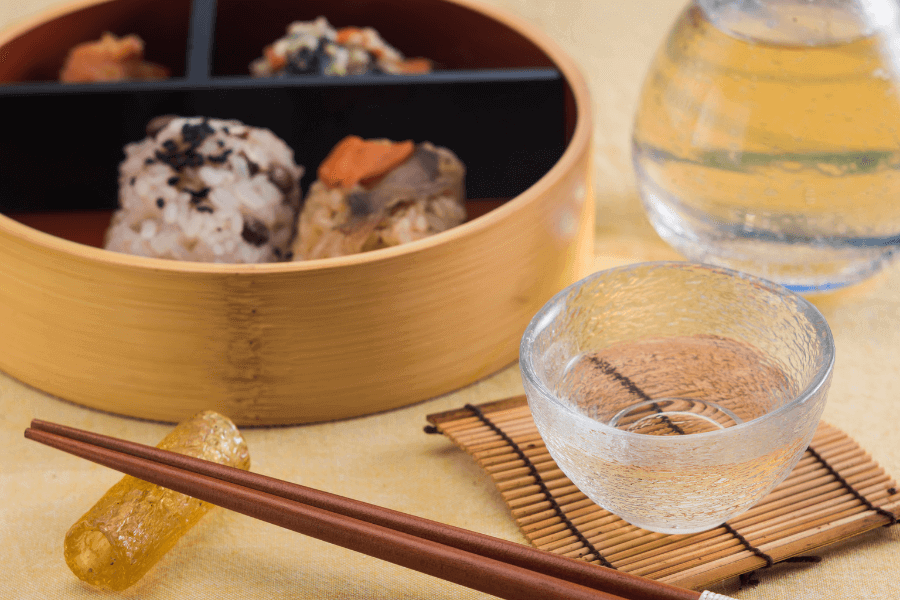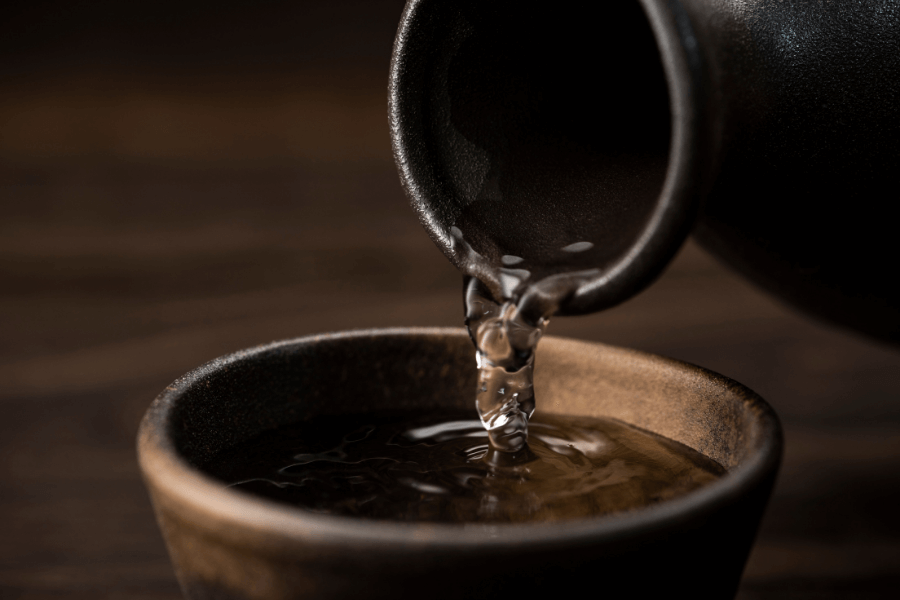
Your visit to Japan will never be memorable if you haven’t tried their famous drink called “sake.” And if you are going to try it, why not try the best sake in Japan! But before we come to that, here is a bit about sake for those of you who are not familiar with it.
Sake is an alcoholic drink made from fermented rice mixed with koji mold, clean water, and yeast. It comes with mild flavors and compliments the different mouth-watering and favorite meals.
Did you know that word sake actually has two distinct meanings? If drinkers talk to a non-Japanese individual, the term “sake” refers to a certain alcoholic drink that commonly differs from wine, shochu, beer, and other alcoholic brews. However, if you are talking to a Japanese individual, sake denotes alcohol in general.
Sake has a name for being a traditional drink. Though this is quite true, sake culture keeps evolving with the modern and sophisticated tastes of worldwide consumer culture. At present, it is not shocking to look for enthusiasts drinking sake using their wine glasses.
Do you want to know more about sake in Japan? Then, feel free to read this article as a guide. This helps every visitor in Japan understand what sake tastes like, how to pick sake, where to buy sake, how to drink sake, and the like.

Sake nomeba
Itodo nerarenu
Yoru no yuki
The more I drink
the more I can’t sleep
night snow
Matsuo Basho,
17th century haiku poet
Sake has been produced in Japan for more than 1,000 years. This alcoholic drink resembles white wine, ranging from slightly yellow to almost transparent. The 13-17% alcohol content of most expensive sake varieties is quite bigger than wine. The sake alcohol content of around 15% is a mild one while the 17% is considered the strongest one. However, sake has a mild taste with a slight bitterness, acidity, or astringency.
When it comes to chemical composition, the extract of this alcoholic drink contains a significant level of amino acids and nitrogenous components and has a moderately high percentage of glucose but with a little organic acid.
Sake is produced in breweries in nearly all regions of Japan. Fukui, Niigata, and Aomori are considered famous for their quality and best sweet sake products among the different regions. There are different filtration levels, quality grades, and processes that affect the taste and refinement of sake. Some are clear ones, while others are aged, cloudy, and fruit-infused ones.
Indeed, the sake alcohol content may vary depending on the Japanese sake brands. If the drinkers are alcohol content conscious, they may start checking its label first before buying and drinking.

People are becoming more familiar with Japanese culture and fine wine. As a result, the demands of the different types of sake in Japan increase as time passes. Compared to other alcoholic drinks, the best sake in Japan can be legally bought online.
Here are the top online places every drinker shouldn’t miss to check:
There are more places to buy the best Japanese sake online. It is simply a matter of checking the different websites to know how to order sake in Japanese.

There are several rules when drinking sake in Japan, particularly in a formal setting, and these are the following:
The act of drinking sake types is characteristically Japanese, and therefore it is an excellent way of experiencing their detailed and delicate culture.

Sake tastes similarly to white wine because they are both smooth and dry beverages. Cold sake tastes like a very dry white wine, but others are more flavorful than wines. The hot sake, on the other hand, tastes like vodka.
Some drinkers think that sake has a similar aroma and aftertaste that is reminiscent of sherry. But despite the similarities, sake is completely sweeter than wine. However, it has more calories than any wine. Bad news for those of you who are trying to lose weight! One hundred grams of sake is filled with 103 calories. While wine has more or less 83 calories per bottle.
Most drinkers said that sake is clean tasting and mildly sweet drink with a well-balanced mixture of savory and astringent flavor. It also has a fruity and nutty aroma which is less noticeable than that of any other alcoholic drink. A light brew that is unassuming and smooth, sake is less punitive on the palate than spirits.

Drinkers, especially beginners, are longing to taste the best sake in Japan. Now, here are some of the best sake for beginners that you can’t go wrong with:
There are many more types of sake that are perfect for beginners. Others include Rihaku “Dreamy Clouds”, Dassai “23”, Plum Sake, sweet sake Tororingo, Nanbu Bijin “Awa Sparkling” and many more.
You can find any good sake for beginners online at reasonable costs. All you need to do is look for the best suppliers or shops online.

Sake in Japan can be divided into two main categories — the special designation and ordinary sake. The ordinary sake is where most sake types fall. Special designation sake, on the other hand, has only eight distinct types. This designation comes from polishing rice. A typical example of this is junmai, which contains a little alcohol to add its flavorful taste.
The common styles of sake within these two distinct categories are Ginjo, Daiginjo, Honjozo, and many more. Daiginjo is considered the most premium sake around, with a 50% polishing ratio and a small alcohol portion. This makes sake of this type the best sake in Japan. Honjozo is a lighter type with a 70% polishing ratio, while Junmai doesn’t have a minimum polishing ratio. Junmai is only produced with yeast, water, rice, and the koji mold.

There are more than 1800 sake breweries all over Japan, especially in the well-known sake-producing regions. Some breweries provide tours of their establishments, even though these are usually in Japanese only and require reservations.
Since the production of the best sake in Japan is seasonal, access to the breweries may be limited during its busy sake-production months. If you can wait to try sake, maybe the best option is to order one for yourself and try it at home!

If you enjoyed our content about sake, Japan’s traditional drink, make sure to check out our article about Konyoku Onsen – traditional Mixed onsen in Japan.
6 Responses
Thank you so much for all the information! Should sake be served hot or chill?
Sake can be served both gently warmed or chilled. It really depends on the type. If you have an elegant Daiginjo, warming may erase any subtle aromas and complexities. However, a hearty junmai may open up with warming.
Is sake made only in Japan?
No, sake is made in several countries such as Austrailia and the United States. However, the best premium sake still comes only from Japan.
Is sake meant to be aged like wine?
Almost all sake is meant to be consumed young and fresh. Only a certain type of sake called Koshu is aged.